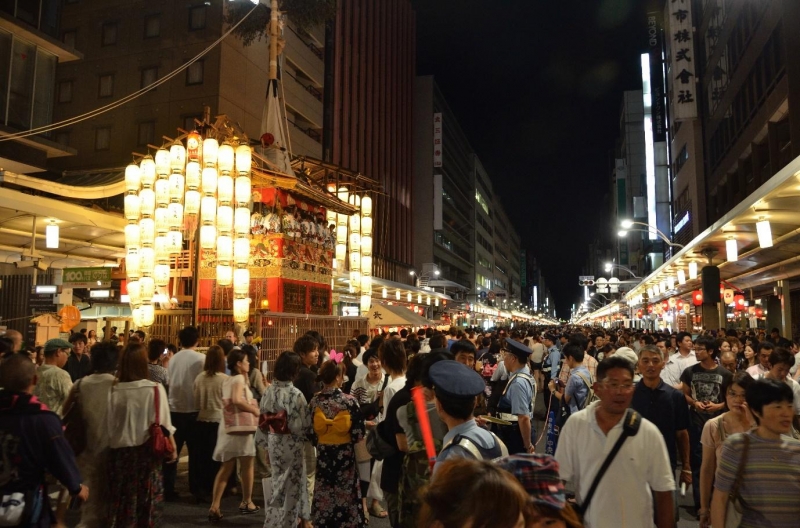
Image credit: Takeshi Kuboki
If you ask anyone familiar with the ancient Japanese capital of Kyoto what is one event you have to attend there, Gion Matsuri would most probably be their answer. This extremely famous festival is held every year in Kyoto, with various activities and performances to take part in and view throughout the whole month of July. Here’s what you need to know about the Gion Matsuri to enjoy it to the fullest!
History
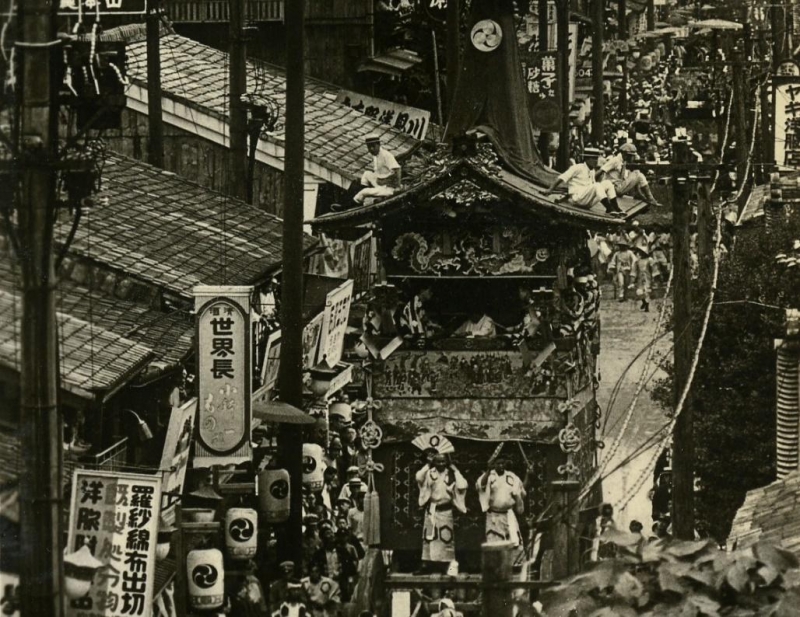
Image credit: born1945
Gion Matsuri’s roots can be traced way back to the year 869, when Emperor Seiwa ordered a ritual of purification at Yasaka Shrine in Kyoto in response to a plague that the people were suffering from. The elaborate procession was since carried out whenever an outbreak of any disease occurred, and eventually became an annual event in 970. With the merchant class taking the event as a means to display their wealth, the Gion Matsuri grew increasingly elaborate during the Edo Period. Today, it is included in the UNESCO Representative List of Intangible Cultural Heritage of Humanity.
Festival Highlights
Here are some things to look out for and expect at Gion Matsuri!
Yamaboko Floats
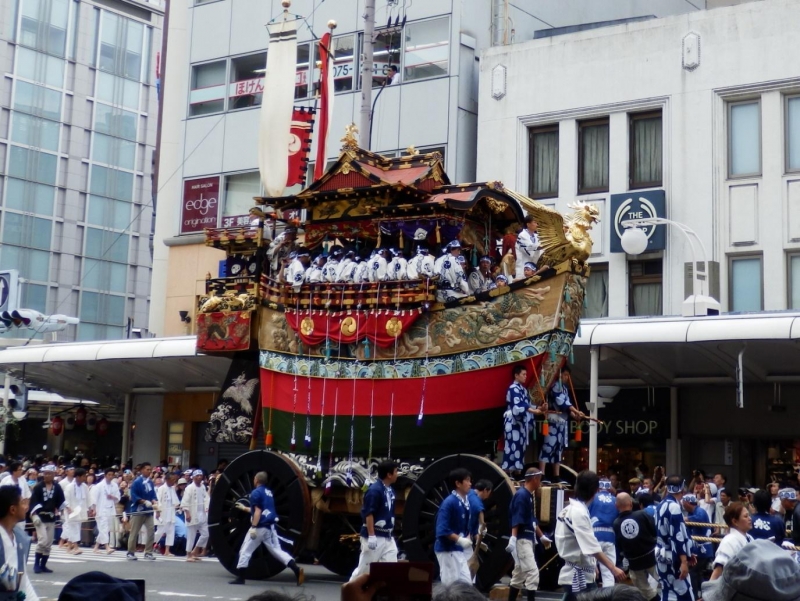
Image credit: Izu Navi
Gion Matsuri is well-known for its floats, and these festival icons are truly a sight to behold. Made solely from wood and rope (no nails or screws!) and decorated with decadent colourful textiles, these towering structures can reach out to 25 metres in height and around 12,000 kilograms in weight.
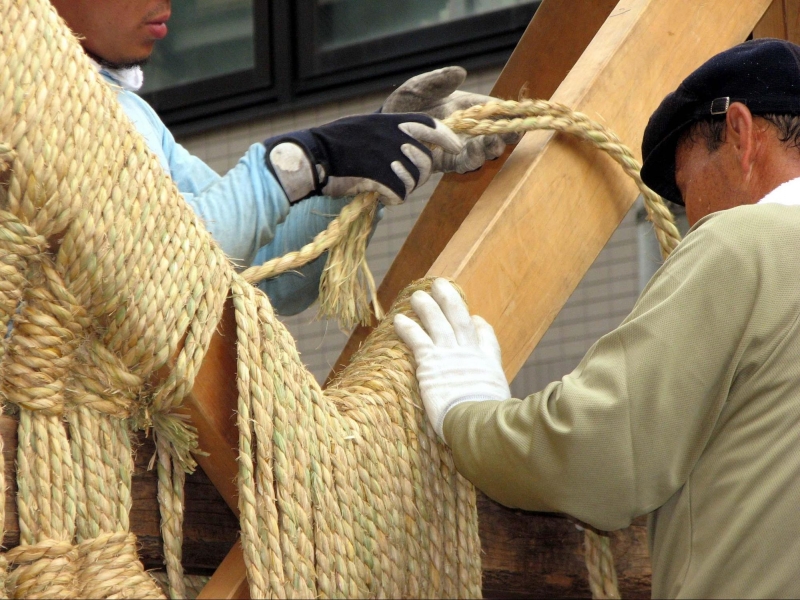
Image credit: Chris Gladis
The Yamaboko are also constructed during the festival itself (from 10 to 14 July), something you can see on the streets in various neighbourhoods that are participating in the festival.
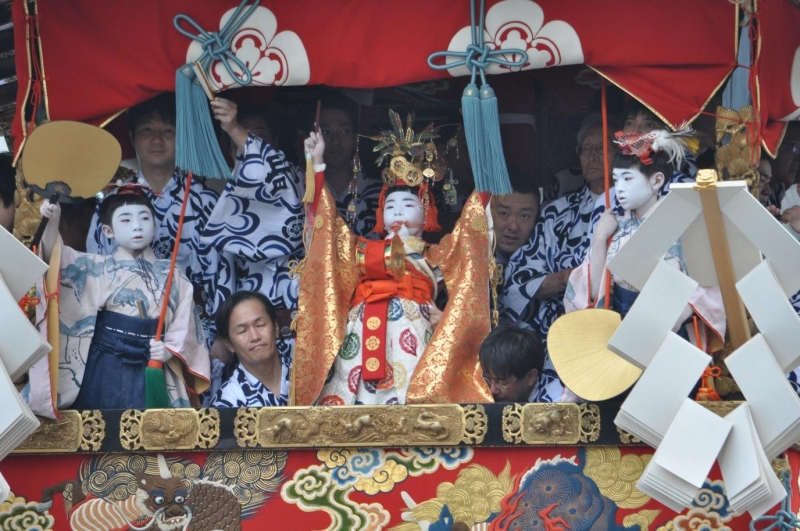
Image credit: 江戸村のとくぞう
There are 32 Yamaboko floats in total, three of which are the bigger and grander Hoko floats while 29 of them are the smaller (but still exceedingly hefty nonetheless) Yama floats. Each of these can carry a group of musicians and chigo, sacred child participants, with their child retainers. Needless to say, these floats require a lot of effort to be moved around. A Hoko float requires about 30-40 men to transferred from one place to another, while a Yama float needs about 14-25 men to be moved.
Traditional Dances
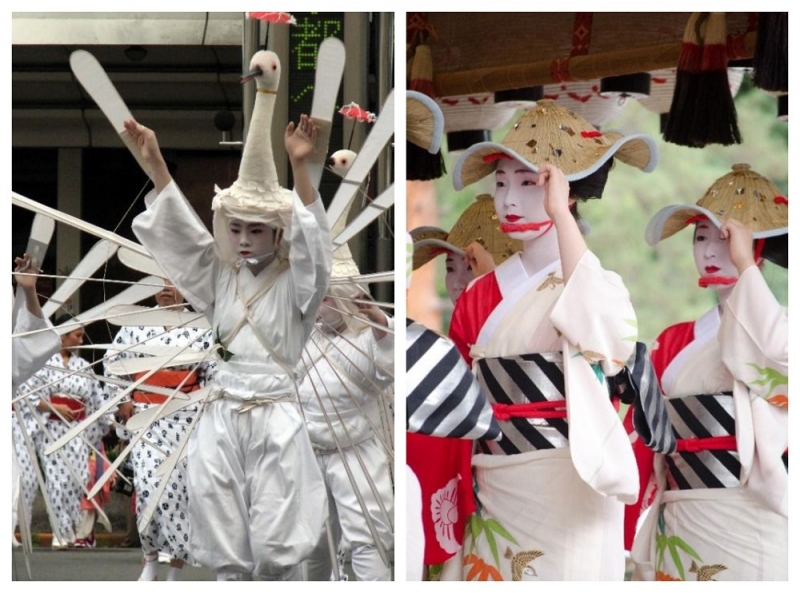
Image credit: Chris Gladis, PXhere
There will be several notable dances for you to catch throughout the many events in the festival, each of them a unique spectacle! The Sagi Odori (or Heron Dance), for example, features stunning young dancers clad in white, spreading their ‘wings’ as they mimic the movements of the dance’s animal namesake. Other dances include the Kamachi Odori, or Young Ladies’ Dance, and the Gion Ondo which was created to celebrate the 10th year of the festival’s return after World War 2.
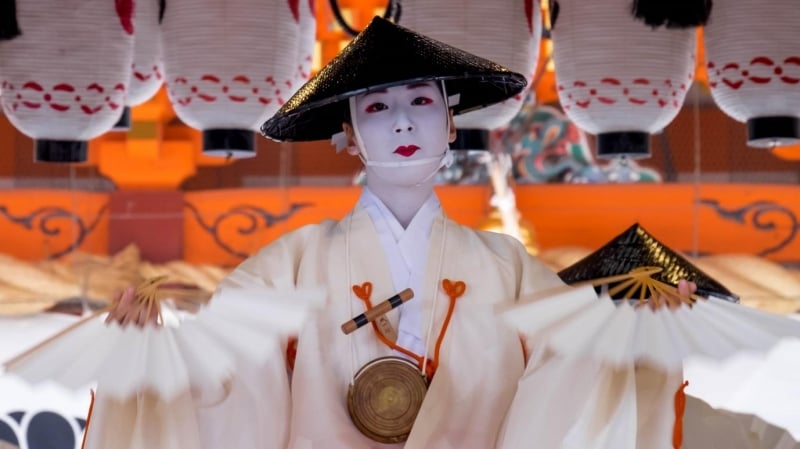
Image credit: Morgan Calliope
It’s rare to see a gathering of maiko outside (and for free!), so their performances should not be missed. Different groups of maiko come gather at the festival to put forth a variety of dances such as the Konchiki Ondo, the Suzume Odori, and the Kamogawa Odori.
Byobu (Folding Screen) Matsuri
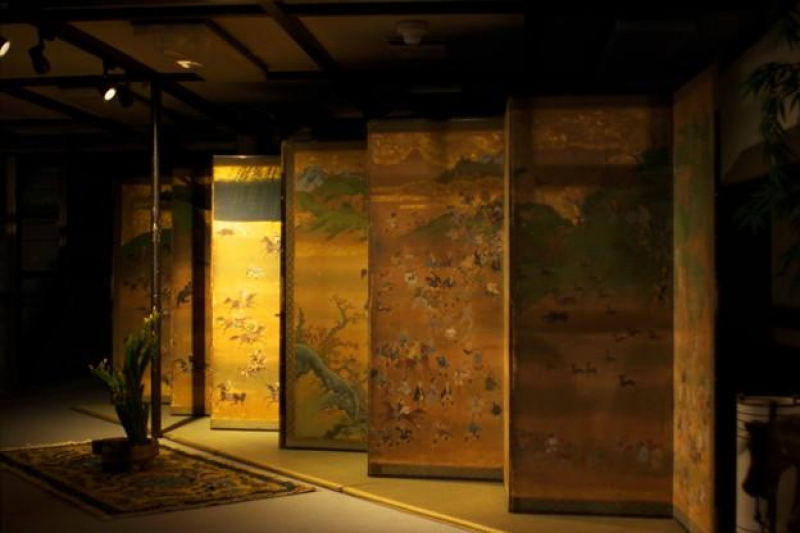
Image credit: 篁(たかむら)
In keeping with the age-old traditions of the festival, wealthy and influential families in the Muromachi and Shinmachi areas open up their homes for three days for visitors to view the historical relics they possess, such as folding screens and art passed down from generations. As the number of houses participating in this beautiful showcase have decreased (as fewer machiya, traditional wooden townhouses, continue to withstand the test of time), it’d be a good idea to head to one while you still can.
Hanagasa Junko
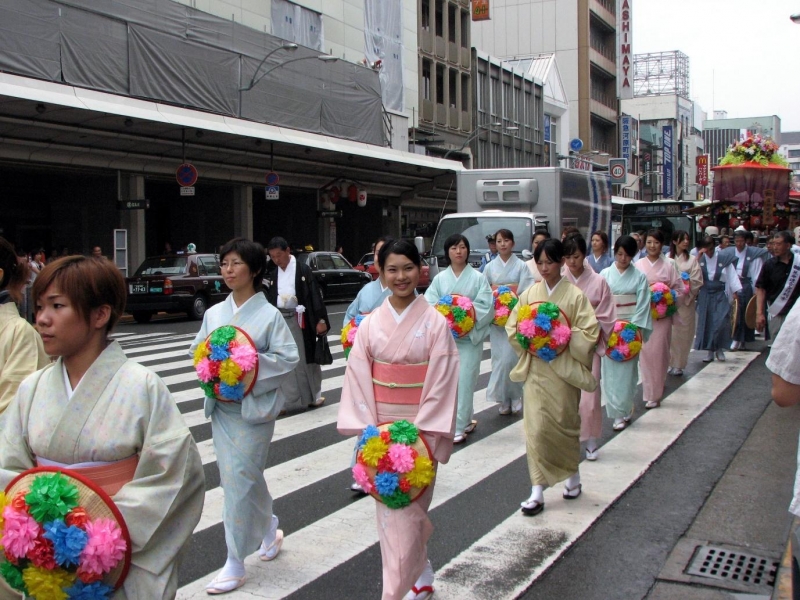
Image credit: Chris Gladis
Starting in the morning, this parade begins and ends at Yasaka Shrine after making its way through central Kyoto. Expect colourful floats decked out with vibrant flowers and umbrellas, several traditional musicians, shrine maidens wearing hanagasa (flower hats) and several other parties in this possession. Several performances such as the Lion Dance will also be performed at Yasaka Shrine after the procession.
Iwami Kagura (Japanese Folklore Performance)
With roots in the Shimane Prefecture, these series of performances are performed as part of a ritual at the Yasaka Shrine. The performances are also interesting cultural experiences with elaborate costumes, a traditional assembly, and traditional dances.
Yoi-yama, Yoi-yoi-yama, and Yoi-yoi-yoi-yama street parties
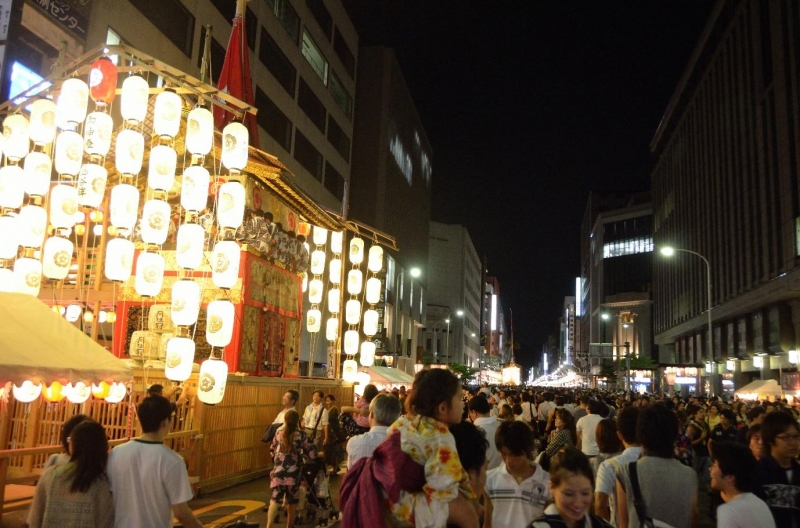
Image credit: Takeshi Kuboki
For three days before each float possession (dates below!), the streets are flooded with locals and foreigners alike as the roads in the Shijo-Karasuma area open up for festivities. Indulge in delicious street food at the various yatai, snap photos in yukata, climb onto the floats and view relics at the float headquarters — there’s so much to do that six days is just enough to enjoy a little bit of everything!
Yamaboko Junko (Float Processions)
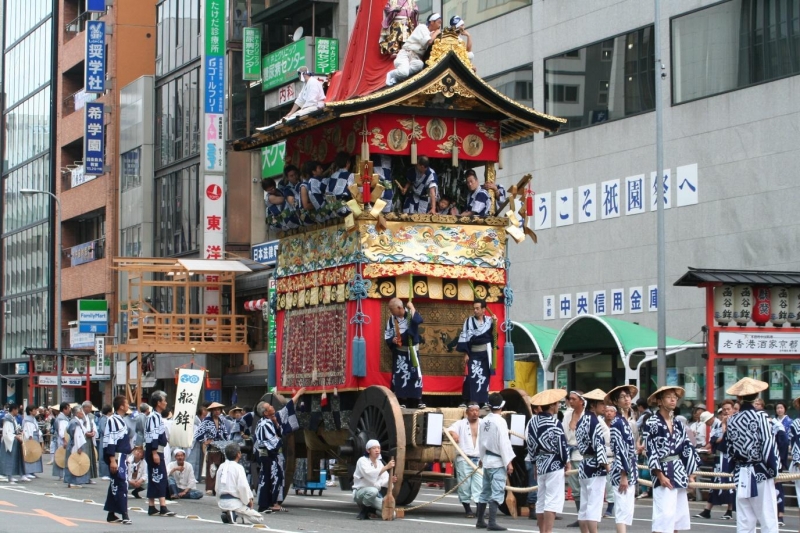
Image credit: Corpse Reviver
The main events of the festival (the float processions) will happen two times, the first being the grander Sama (or Saki) Matsuri and the second the smaller Ato Matsuri.
In Sama Matsuri, 23 of the Yamaboko floats are transported from their staging area in Shijo-Karasuma to Oike-Karasuma intersection via Shijo-dori and Kawaramachi-dori. While you can view the procession for free along the parade route, you won’t want to miss the Yamaboko make three laborious turns along their journey. Known as tsujimawashi, these turns will be made near Kawaramachi Station, Kyoto City Hall, and Oike-Kanasuma Station.
The second procession features 10 of the Yamaboko retracing the route back to Shijo. While the festival may not be as grand as its earlier counterpart, this equates to smaller crowds — a good alternative if you prefer a less congested affair.
Also look out for the shimenawa-kiri, where the chigo cuts a sacred rope at Fuyacho Street to signify the beginning of the procession.
Notable Dates and Locations
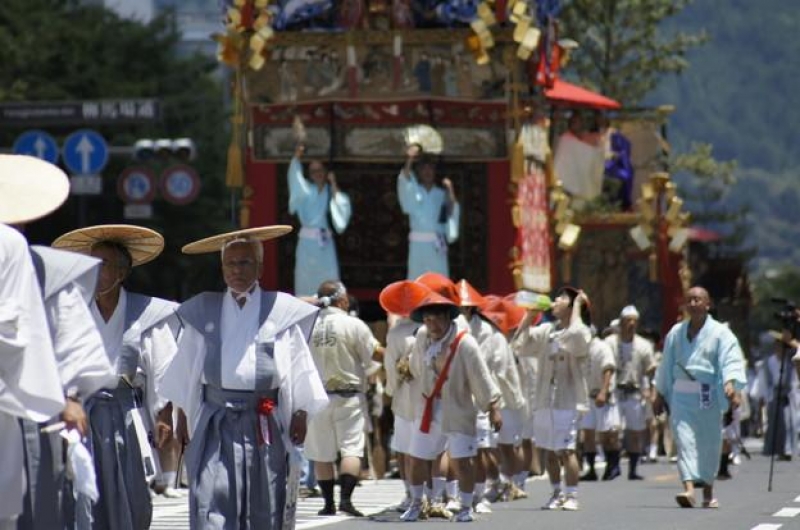
Image credit: 詩音
With something happening every other day throughout the month of July, there’s just too many things to cover. Here are some of the dates you might drop by to experience some of the Gion Matsuri’s highlights:
Yama-tate (Building of Yamaboko Floats)
7-14 July, in participating neighbourhoods (trail runs of floats from 12-13 July)
Yoi-yama, Yoi-yoi-yama, Yoi-yoi-yoi-yama street parties
14-16 July; 21-23 July, from dusk to 10pm along Shijo dori
Hanaboko Junko (Float Processions)
17 July, 9 am to 11.30 am (Sama Matsuri)
24 July, 9.30 am to 11.30 am (Ato Matsuri)
Along Shijo-Karasuma to Oike-Karasuma
Hanagasa Junko (Flowerhat Procession)
24 July, from and to Yasaka Shrine, looping past Kyoto City Hall
Byobu Matsuri (Folding Screen Festival)
14-16 July, at Yamahoko-cho Kyomachiya
Iwami Kagura
16 July, 6.30 pm at Yasaka Shrine
Are you up for the challenge? Let us know how the Gion Matsuri in Kyoto goes!
Also read: 20 Top Things to Do in Kyoto On Your Very First Visit




